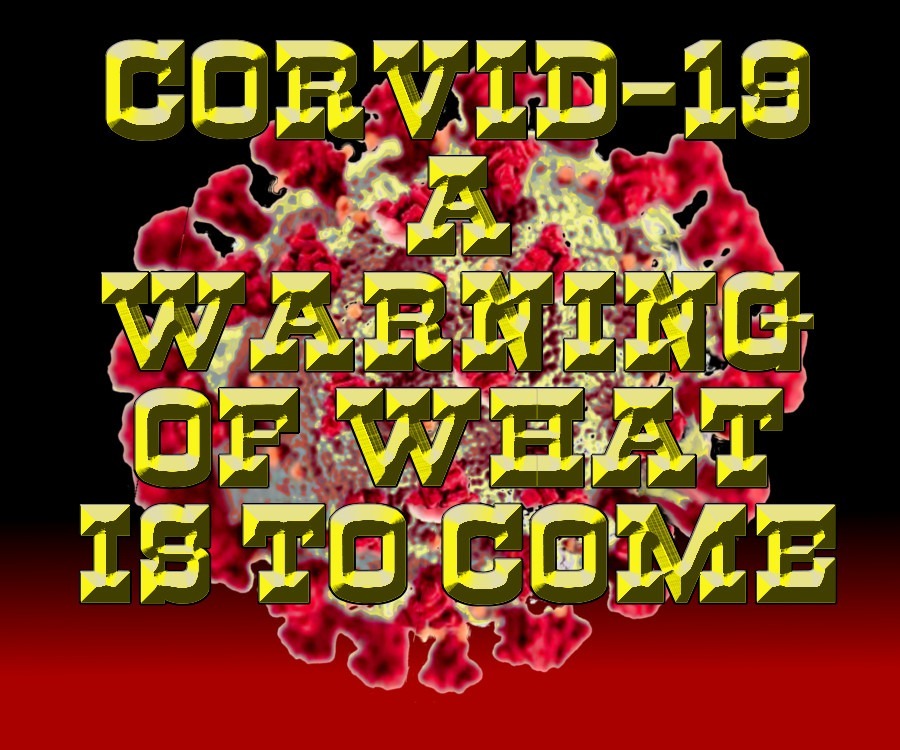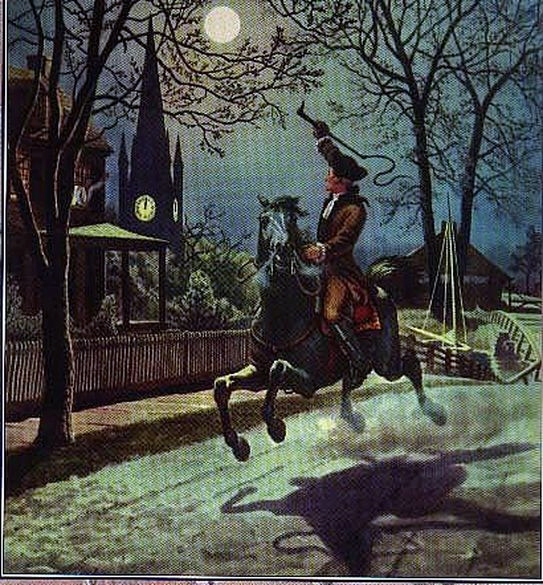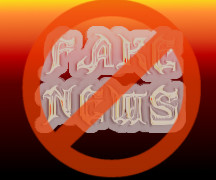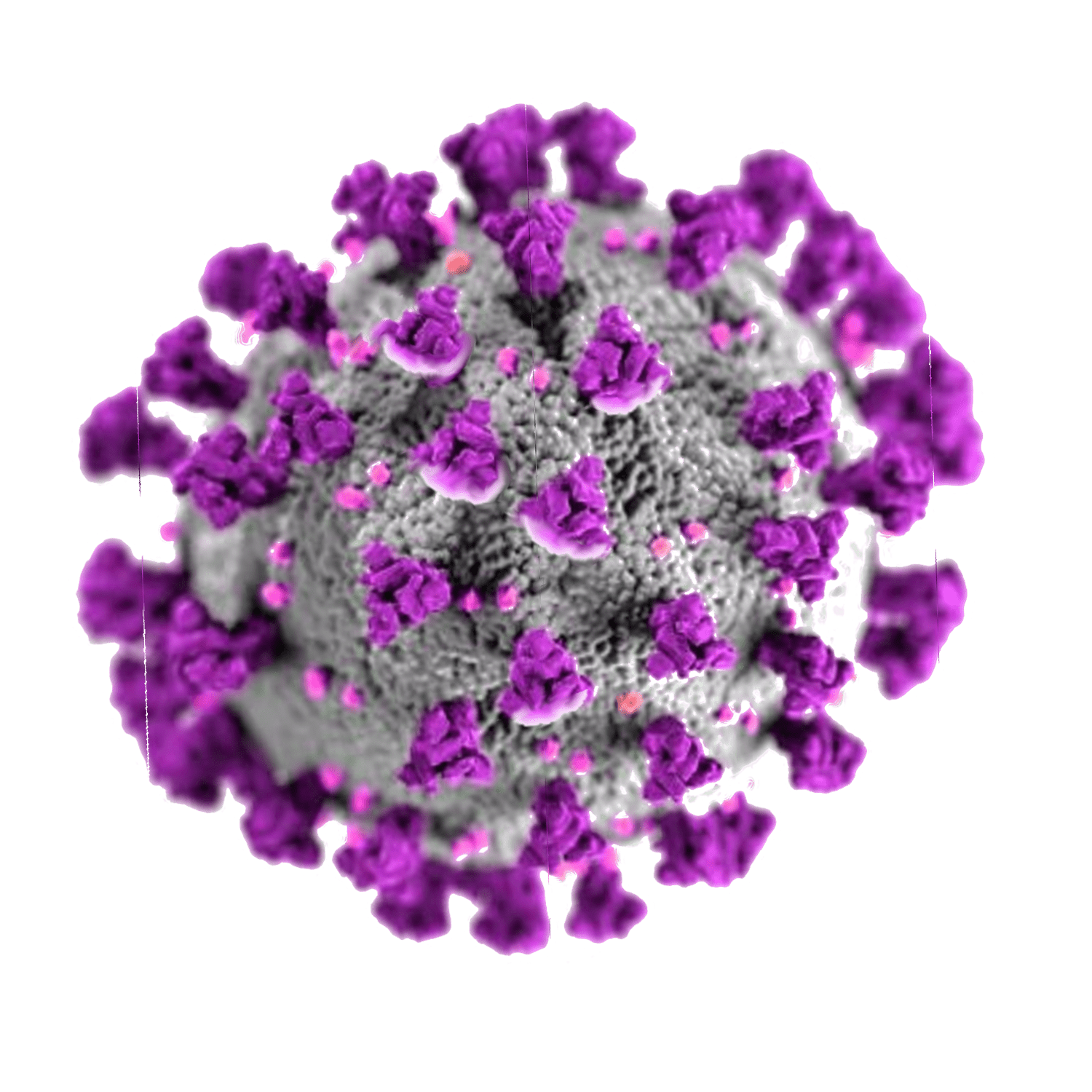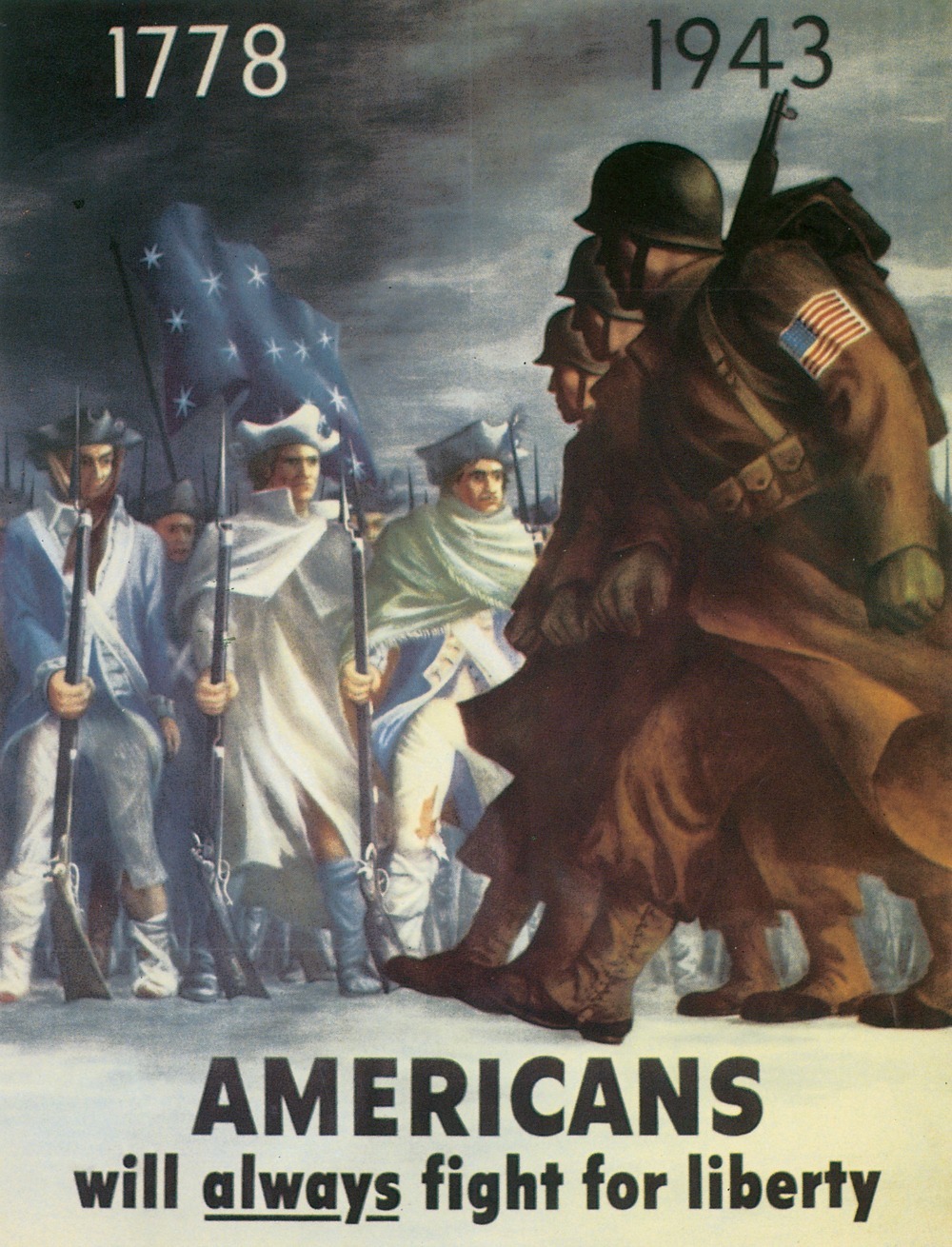Is Covid-19 a Designer Virus
We need additional studies to show exactly how covid-19 reacts to chemical chances caused by hypertension and anxieties. Studies thus far have indicated a clear, precise connection. Actions by the radical left and democrats also show the relationship between covid-19 and anxiety issues.
